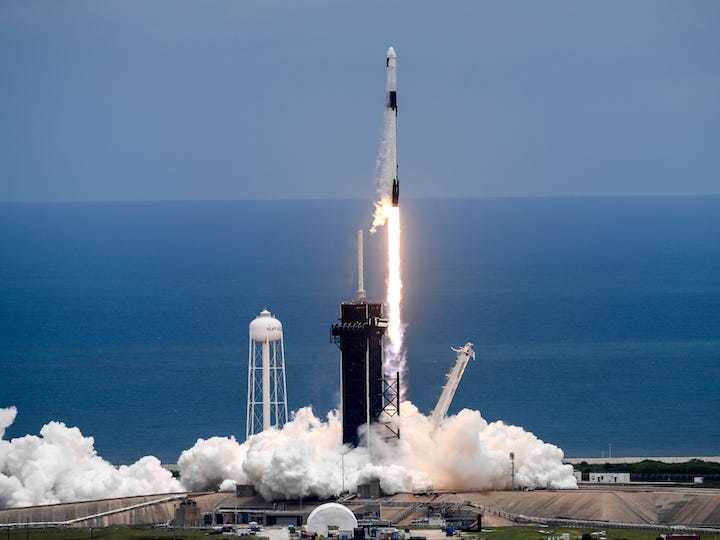9.07.2021

Rough ocean conditions churned by Tropical Storm Elsa forced NASA officials to delay the departure of a SpaceX cargo capsule from the International Space Station, the agency confirmed this week.
An uncrewed SpaceX Cargo Dragon spacecraft launched from Florida in early June with thousands of pounds of supplies is now targeting no earlier than Thursday for its departure from the ISS. It was scheduled to splash down near the state – either in the Gulf of Mexico or Atlantic Ocean – earlier this week, but Elsa caused turbulent recovery conditions as it briefly strengthened to hurricane status just before landfall early Wednesday.
The system has since been downgraded to a tropical storm and is expected to further weaken to a depression on its northeast trajectory.
As it stands, NASA teams have scheduled Cargo Dragon to depart from the ISS at 10:35 a.m. Eastern time Thursday. A final analysis of weather conditions is expected late Wednesday with backup opportunities available on Friday and Saturday if conditions don't appear to be improving quickly enough.
NASA and SpaceX can choose from several sites off the Florida coast for Dragon splashdowns. The flexibility is critical to working around weather constraints, especially during the June-to-November hurricane season. The same process applies to the Crew Dragon variant that takes astronauts to and from orbit.
This specific Cargo Dragon launched from Kennedy Space Center atop a Falcon 9 rocket on June 3 with some 7,300 pounds of supplies, science experiments, and hardware for the station's solar energy systems. Because it's reusable, Dragon will also return with completed science experiments and other time-sensitive items.
After splashdown, the capsule will be transported via boat back to the Space Coast for processing. In between, NASA does have the ability to recover time-sensitive experiments and ship them to KSC via helicopter, but has not confirmed if it will do so.
Quelle: Florida Today
